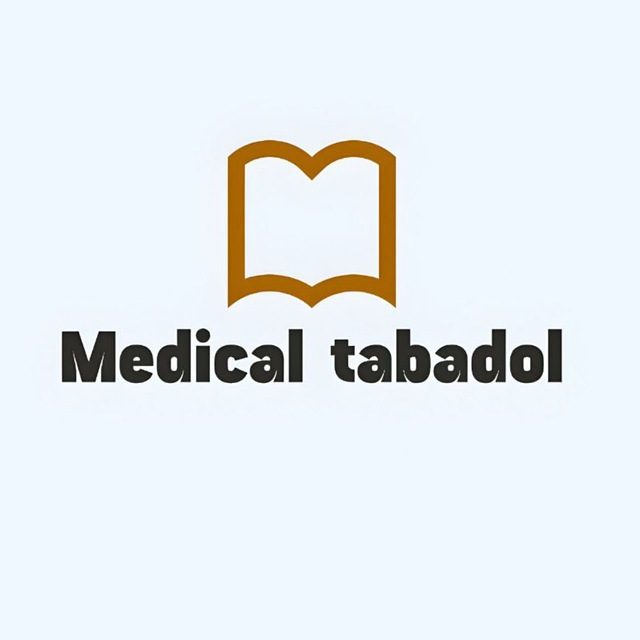#abbreviated_terms_of_the_heart
Shin Stock Breathing:
Breathing with tachycardia-brady-apnea intervals, which occurs due to increased sensitivity of breathing regulation modalities to blood changes of dissolved gases in advanced heart failure conditions.
Orthopnea:
Shortness of breath caused by lying down.
Odynophagia:
Painful swallowing that can occur during pericarditis due to the placement of the esophagus in the vicinity of the pericardium.
Orthostatic hypotension:
A decrease in SBP of more than 20 or DBP of more than 10, 2-3 minutes after changing the position from lying to standing.
Telangiectasia:
An excessive increase in the diameter of the capillaries under the surface of the skin.
Ectasia:
Increase in diameter and dilatation of veins
de musset sign:
Shaking of the head with every heartbeat in aortic insufficiency (if the small tongue is considered instead of the head: Muller sign)
Mitral facies:
Mitral face of pink-purple cheeks due to pulmonary blood pressure with low EF of the heart (such as severe mitral stenosis)
Funnel chest:
sunken sternum
pigeon chest:
bulging sternum
Barrel chest:
Increased chest diameter and barrel-like shape in advanced COPD
Flail chest:
Chest with paradoxical movements during inhalation and exhalation, due to broken ribs, etc
Oslers node:
Painful lesions on hands and feet caused by immune complexes and are a sign of infective endocarditis.
(cf. Osler sign)
Janeways lesion:
Non-painful vascular blood lesions (macular) in the palm, etc., which are signs of infective endocarditis.
Roth spots:
Hemorrhagic lesions with a white center in the retina, which can be a sign of infective endocarditis.
Blue toe syndrome:
Cyanosis of one finger only due to arterial emboli
Quinque sign:
Pulse of nail bed capillaries in severe aortic insufficiency
Corrigan pulse (Watson’s water hammer pulse):
Very full and prominent and very fast emptying pulses in aortic valve insufficiency
Bisferiens Pulse:
A pulse that has two systolic peaks and is seen in aortic insufficiency with or without stenosis and HOCM.
Bigeminal Pulse:
A pulse with an interval of strong and weak, which can be heard in the ectopic ventricular pacemaker (PVC) with pacing (a normal QRS pulse and a non-sinusoidal ectopic beat).
Dicrotic wave:
Arterial waves reflected from the systole of the heart, which occur at the beginning of the diastole.
Tidal wave:
Arterial waves reflected from the systole of the heart, which occurs at the end of the systole due to atherosclerosis of the arteries in the elderly.
Osler sign:
Stopping the brachial pulse with cuff pressure, while the brachial artery is still palpable. The blood pressure measured in this person is higher than the actual pressure.
Canon wave:
Very pronounced a waves of the jugular vein, which are recorded due to the pulsation of the right atrium, in front of the closed tricuspid valve (such as complete heart block).
Kussmaul sign:
Failure to reduce jugular vein pressure during inspiration, which is a sign of restrictive cardiomyopathy or constrictive myopathy.
Gallavardin sign:
Hearing the murmur of aortic stenosis in the apex of the heart instead of the right sternal space, which is mistaken for mitral insufficiency.
Austin flint souffle:
Mid-systolic murmur caused by displacement of the mitral valve as a result of aortic blood returning to the left ventricle, due to aortic insufficiency.
Opening Snap:
A murmur caused by mitral stenosis that is heard at the beginning or middle of diastole (early in the middle and in more advanced cases of stenosis at the beginning).
Machinery(Gibson) murmur:
Persistent rumbling murmurs are usually due to PDA
Tako-Tsubo cardiomyopathy:
Stress cardiomyopathy or balloon heart syndrome caused by severe mental stress or physical stress caused by catecholamine crisis.
Takayasu arteritis:
Vascular disease caused by systemic inflammation and damage to large and medium vessels
Brugada syndrome:
Brugada pattern that is marked; Disease of the electrical pathways of the heart, which is indicated by PseudoLBBB and in many cases leads to SCD.
Yamaguchi syndrome:
It is seen in apical cardiomyopathy and is seen in the form of an ECG with an inverted T and sharp pattern in the precordial leads, and a spade-like heart in echocardiography.
———————————————
#Be_together_with_us
@medical_line | Medline
